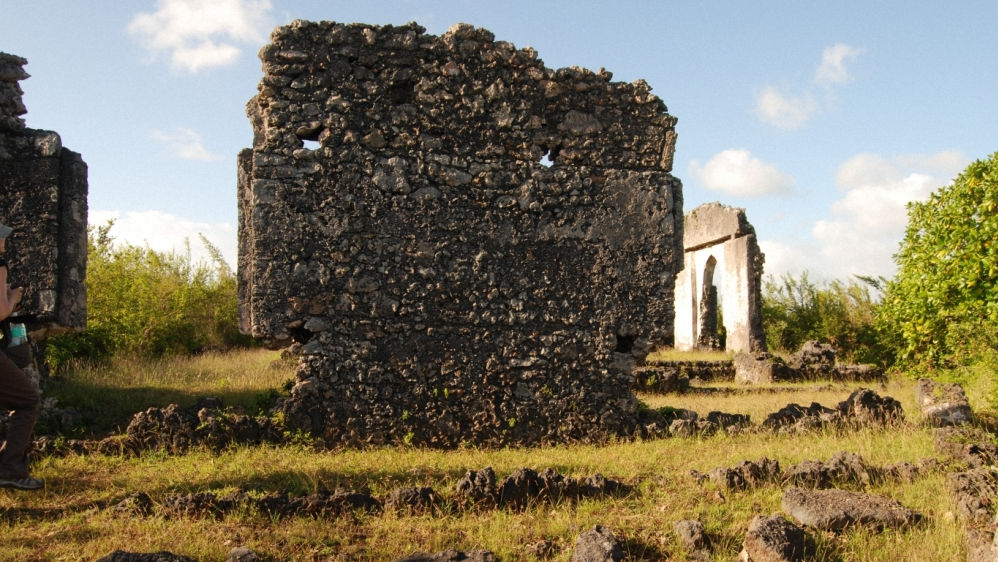
Urban Ecology and Transitions in the Zanzibar Archipelago (UETZAP)
An exploration of the ways that early coastal urban centres on Zanzibar drew on, utilised, and affected their resource landscapes during two major periods of urban growth
Context
Urban Ecology and Transitions in the Zanzibar Archipelago is a collaboration between the Department of Archaeology, University of York, and the Centre for Urban Network Evolutions (UrbNet), Aarhus University, and is funded by the Leverhulme Trust (2019-2022). The project is an exploration of the ways that early coastal urban centres on Zanzibar drew on, utilised, and affected their resource landscapes during two major periods of urban growth. Fieldwork at Unguja Ukuu (7th – 15th centuries) and Tumbatu (11th – 15th centuries) on Zanzibar will explore domestic contexts in detail, analysing the ways that local resources were used and built into the spaces of the towns. Sampling for geochemistry, plant and human, mammal, reptile and fish remains will complement off-site survey for environmental change. The result will be a clearer understanding of the relationship between these urban centres and their surrounding coastal resource landscapes, and the ability to comment upon sustainability and cultural priorities for these early towns.
Key aims and objectives
The research is framed around the hypothesis that the impetus to live in towns and the character of early urbanism were fundamentally shaped by a set of relationships with environmental resources, particularly those of the coast.
There are three key research questions:
- Why did people choose particular locations on the coast?
- How were those locations compelling as places to live?
- What did daily life look like?
Main Objectives:
- Define the urban footprint on the landscape
- Map urban life at two sites of different periods
- Characterise the regional environment through time
- Explore urban resource management
- Provide the first detailed chronology of transition processes
Professor Stephanie Wynne-Jones, Deputy Head of Department, Professor of Archaeology, Department of Archaeology
Dr Michelle Alexander, Senior Lecturer in Bioarchaeology, Deputy Head of Department, Department of Archaeology
Principal investigator
Prof Stephanie Wynne-Jones (Archaeology, York)
Co-investigators
Dr Michelle Alexander (BioArCh, Archaeology, York)
Dr Federica Sulas (Archaeology, Cambridge University)
Leverhulme Trust
Wynne-Jones, Stephanie; Sulas, Federica; Out, Welmoed A; Kristiansen, Søren Munch; Fitton, Tom; Ali, Abdallah K.; & Olsen, Jesper (2020). ‘Urban Chronology at a Human Scale on the Coast of East Africa in the 1st Millennium a.d.’. Journal of Field Archaeology, 46:1, p. 21-35.
Stephanie Wynne-Jones, Tom Fitton, Federica Sulas, Mik Lisowski and Michelle Alexander (2020). ‘Report on fieldwork conducted at Unguja Ukuu by the Urban Ecology and Transitions in the Zanzibar Archipelago Project (UETZAP), September–October 2019′.
